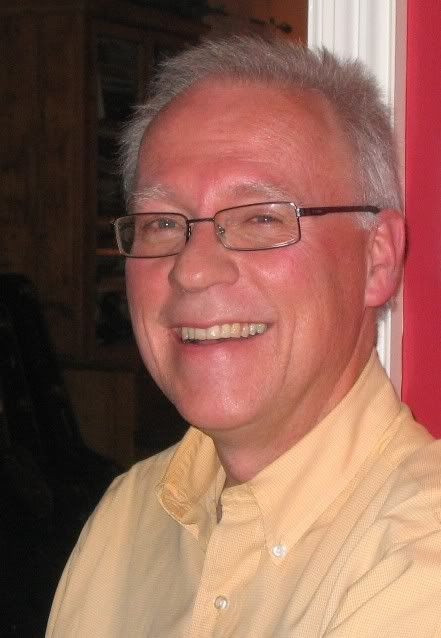“Lady, you come here! You come here right now!”
Very early one morning, my artist friend – in his pajamas and robe – let his black Labrador Retriever Lady outside through the front door. He was standing on the front porch when he saw Lady bounding away from the house toward the street. He began shouting over and over – “Lady, you come here! You come here right now!” Then he noticed on the street in front of his house a woman out for an early morning walk. His commands brought her to an abrupt stop. She starred at him. Then she turned and fled. My friend did not recognize her. He had no chance then or later to correct her interpretation.
My artist friend and the frightened woman surely told this story from very different perspectives, in very different tones, with very different meanings. I suspect the same is often true when patients and their caregivers talk separately about the encounters they share.
For more than 25 years, it has been my privilege to be with medical teams as they care for their patients and when they reflect on their patient experiences. I listen carefully when they narrate their patient experiences as stories. Often enough hints filter into formal case reports/discussions that I can imagine how the stories would be told. Listen for such hints this week. The full stories are told elsewhere – e.g., call rooms, cafeterias, break rooms, off-campus gathering places, national meetings, dinner tables, . . . .
The stories caregivers tell about their patient experiences can easily be categorized into story types. The following story (in which I am the narrator) about a patient encounter where I worked prior to coming to Barnes-Jewish can be told in several different ways. Read the story aloud. Experiment with different styles, emphases, moods. Imagine different hearers. What story types do your oral interpretations suggest as ways to complete the sentence – “That’s a(n) _________________ story”?
It was a busy Wednesday afternoon in one of our three clinics in the rural/poor
Think about it. Perhaps talk to a coworker.
David McRay, MD, and his family will have given 19 years of service to this rural/poor
